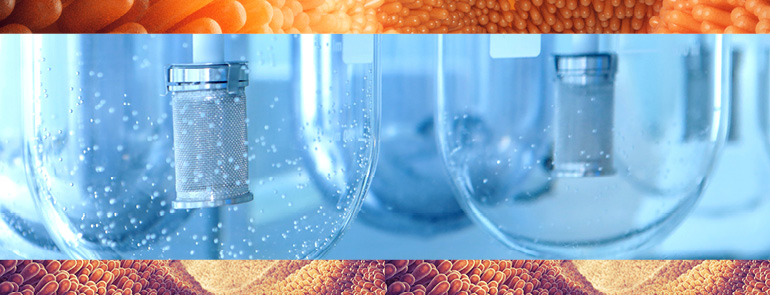
A high percentage of drugs in development are poorly water soluble, so new tools are needed to address this critical problem.
By Scott V. Jermain, Pharm.D., The University of Texas at Austin; Dave Miller, Ph.D., DisperSol Technologies, LLC; Robert O. Williams III, Ph.D., The University of Texas at Austin
Oral drug delivery depends substantially on three fundamental properties of the drug substance: aqueous (water) solubility, dissolution rate, and gastrointestinal permeability. These fundamental properties, considered together, control the rate and extent of drug absorption.1,2 Solubility is an intrinsic property of each drug substance, yet represents a modifiable parameter to effect orally delivered drug absorption and subsequent bioavailability.3 It is now estimated that 90 percent of drugs in development are poorly water soluble; consequently, significant resources are being expended by the pharmaceutical industry and academia toward solving these expanding solubility challenges.4,5